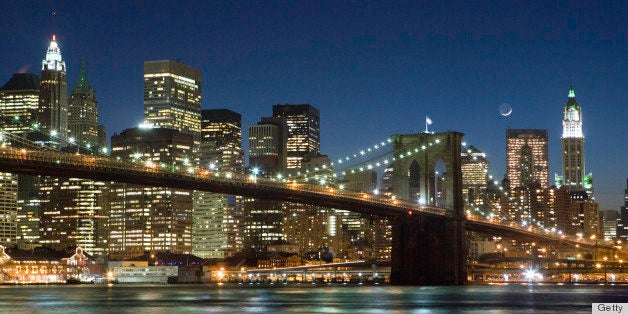
What is the price of admission to be a member of the LGBTQ community? Is simply identifying as LGBTQ enough? Or does one need to be a fashion designer, artist, or curator, live in an urban area, summer in Europe, and drink cocktails at upscale gay bars to complete the application? At what point does the queer community adhere to stereotypes (that all queer individuals are literary, urban, fashionable, white, and wealthy), and at what point do these stereotypes function to keep other members of the LGBTQ community excluded?
As a married lesbian, I put a lot of time and thought into what will be the safest and most enjoyable for my wife and me. When we apartment hunt, extensive research goes into every single neighborhood, sometimes down the individual block. When we planned our honeymoon, we spent many painstaking hours on Yelp and Tripadvisor, trying to figure out if same-sex couples had ever had any issues renting a single bed at the establishment in question. When we fostered kittens, we made sure that the application had spaces for "spouse" names and not just "husband" and "wife." Sometimes, this time, research, and money is worth it. But sometimes it isn't.
The fact of the matter is that being a part of "the community" is not as simple as coming out of the closet and waiting expectantly for the rest of the queer community to knock on your door with muffins and tea. In reality, the LGBTQ community can be very exclusive, which is a painful and isolating realization for many who are looking for solace and empathy.
Want to vacation with your fellow queers? Fire Island and Cherry Grove, beautiful island getaways in New York that are known for being historically LGBTQ-friendly, are also known for expensive and limited hotel accommodations, and depending on where you're traveling from, a long ride on the Long Island Railroad and a ferry. While isolated retreats may function as a safe haven from heternormative society, they can also function to fit only certain budgets and locations of those within the LGBTQ community itself.
Want to live in a neighborhood known for being historically gay-friendly? Be prepared to pay for that locale in cities like Manhattan, Boston, or San Francisco, where the average monthly rental cost of a one-bedroom apartment ranges from $1,881 in Boston to $2,700 in San Francisco. In Manhattan, which is arguably one of the gay-friendliest areas in the country, the average monthly cost of rent is $2,393. But people choose to live in these expensive urban areas, right? Can't they just move south and live somewhere cheaper? Well, you certainly can, but remember that marriage equality is legal in some of the most expensive states in the country -- the majority being located in New England and California -- and that some of the least expensive states (for example North Carolina) have laws explicitly banning same-sex marriage. Is saving money worth having fewer rights?
Equality for the LGBTQ community is an uphill battle that we are making enormous progress on. But what message does it send to both our heterosexual counterparts and those who identify as LGBTQ that the community thrives in expensive, urban areas? Though the average monthly cost of rent for a studio apartment in Iowa, a marriage-equality state, is $589, few people associate Des Moines with the same cosmopolitan "gayness" that TV shows based in queer meccas like Chelsea or the Castro typically depict. Is the assumption that if those who identify as LGBTQ pay more, they will be safer? That they will inherently be accepted into the lifestyle of the community? That NYC, Boston, or West Hollywood offer a solace not found elsewhere?
Or is it just that a certain stereotype of the community exists in those areas? That white, upper-middle-class LGBTQ individuals living in urban areas are the caricature of the community that society already has in place, and that if we fit into it and play that role, we will find acceptance and camaraderie?
The LGBTQ youth who travel to New York or San Francisco to find solace, acceptance, and comfort in their sexuality are sometimes successful, but as the Center for American Progress reports, 20 to 40 percent of homeless youth identify as LGBTQ, despite the fact that LGBTQ youth account for only 5 to 10 percent of the overall youth population. Is the exceptionally high cost of living in these urban areas a factor in the number of queer youth suffering in a state of homelessness? Do many of these LGBTQ youth pick these areas not coincidentally but because media depictions of the happy and successful queer community are set largely in historically liberal, artsy cities, where the cost of living is double what it is in other parts of the country?
LGBTQ individuals live in every part of the United States. Some states, like Utah, do not offer legal protection for same-sex couples but have a high percentage of same-sex couples raising children and do possess a sizable queer-friendly community. Queer individuals live happily in rural areas, suburbs, and urban areas all across the country. They are teachers, plumbers, stay-at-home parents, doctors, bus drivers, and store managers. They are African-American, Asian, Middle Eastern. They are old, young, teenagers, children, and the elderly. The LGBTQ community is not entirely white and upper-class. But when will the community extend itself to all aspects of the true LGBTQ community, not made up of caricatures but of true diversity?